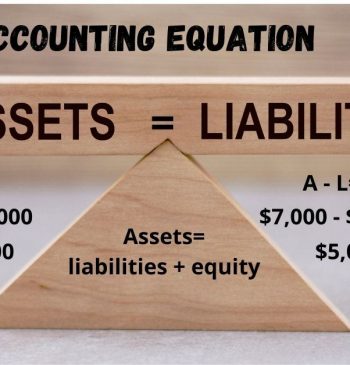30 May

A business that generates enough cash can meet its daily needs while staying out of debt. However, a company will struggle to conduct routine activities such as paying suppliers, purchasing raw materials, and paying employees if it does not have enough cash and cash equivalents to meet its needs. In this article, you will learn about cash and cash equivalents, their components, advantages, and disadvantages.
Outline
What are cash and cash equivalents?
Components of cash and cash equivalents
Advantages
Disadvantages
Key takeaways
Cash and Cash Equivalents?
Cash and cash equivalents are the company’s cash assets or converted into cash immediately. They have a maturity date of 3 months or less. They are the company’s most liquid current assets; therefore, they are reported on the top line of the balance sheet under current assets.
Companies with healthy cash and cash equivalents have a better chance of meeting their short-term debt obligations. As a result, analysts use this information in comparison to a company’s current liabilities to estimate its ability to pay its bills in the short term.
Components of Cash and Cash Equivalents
There are two components of cash and cash equivalents;
Cash
Money in the form of currency is referred to as cash. It consists of cash on hand and any deposits made in financial institutions.
Examples;
Coins: Coins are disc-shape metals or plastics with numerals, text, and images. You can use coins as money for daily life transactions or as a medium of exchange.
Currency: Currency is a system of money that is used widely within a specific environment over time, particularly for people in a nation-state.
Demand deposit: A demand deposit is an account that allows funds to withdrawn without notifying the institution. Demand deposits include; checking accounts and saving accounts.
Money orders: A money order is a payment order for a fixed sum of money. It is a more trusted payment method than a cheque because it requires funds to be prepaid for the amount on it.
Petty cash: Petty cash is a small amount of discretionary money in the form of cash. Moreover, people use this cash for payments where a cheque disbursement is impractical.
Cash Equivalents
Cash equivalents are equal to the cash but not in the cash form. A company can convert them into cash in three or fewer months. They are one of the essential health metrics in an organization’s financial structure. Therefore, they are intended for short-term investments as they have high credit quality and are highly liquid.
Examples:
Commercial paper is a short-term, unsecured debt typically issued by corporations and financial institutions such as banks. Companies issue commercial paper to meet short-term liquidity needs, particularly short-term working capital needs and expenses.
Marketable securities: Marketable securities are short-term investments with high liquidity and you can quickly sell and convert them into cash. The most crucial feature of marketable securities is that they are convertible into cash immediately. Moreover, corporations can also sell them when needed.
Money market funds: They are an open-ended mutual fund that invests in short-term debt securities is, known as a money market fund. They maintain a highly stable asset value through liquid investments while paying dividends to investors.
Short-term government bonds: Government provide short-term bonds to fund their projects. They issue government bonds by using the domestic currency of the country.
Treasury bills: When corporations issue treasure bills, the corporations effectively lend the government money.
Advantages
- It provides the highest level of liquidity available to the company’s management.
- They have a maturity of three months or less; therefore, companies can use them to meet their short-term needs.
- They have very low risk because the interest rate on cash equivalent is usually low.
- They can sometimes assist in financing company acquisitions.
Disadvantages
- They can cause a loss in revenue because if a company invested its money somewhere else, it would have earned more interest.
- They typically have a more subordinate rate of return and cannot keep up with inflation.
- Despite its importance in business, it has limited utility compared to the profit and loss account.
Key Takeaways
- Cash and cash equivalents are the company’s assets that are cash or can be converted to cash immediately.
- They are the company’s most liquid assets and therefore are on the top line of the balance sheet.
- Cash includes; coins, currency, demand deposits, money orders, petty cash, etc.
- Cash equivalents include; commercial paper, marketable securities, money market funds, short-term government bonds, treasury bills, etc.
Content writer at Invyce.com
Copyright © 2024 – Powered by uConnect



Meena Khan